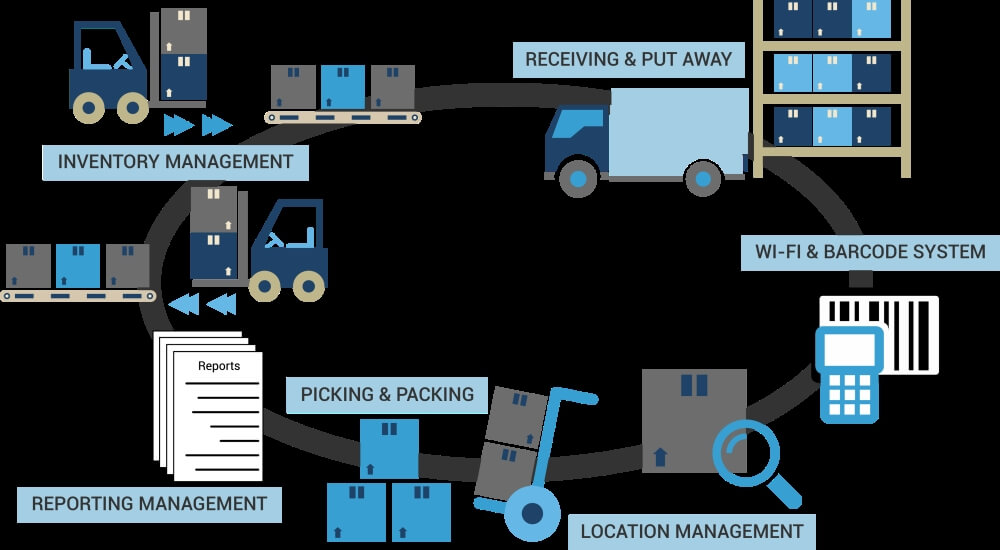Inventory Management Trends: Adapting to the Evolving Business Landscape
The world of inventory management is constantly evolving, driven by technological advancements and changing market dynamics. New trends are emerging that are reshaping the way businesses manage their inventory. Staying abreast of these trends is crucial for companies that want to remain competitive and efficient. From the integration of artificial intelligence to the rise of omnichannel inventory management, the latest developments are set to transform the inventory management landscape.
Artificial intelligence (AI) and machine learning are making significant inroads into inventory management. AI-powered systems can analyze vast amounts of data, including sales patterns, customer behavior, and external factors like weather and economic trends. For example, an e-commerce company can use AI to predict which products will sell well during a particular season or event. Machine learning algorithms can also optimize inventory replenishment strategies. By continuously learning from new data, they can adjust reorder points and quantities in real-time, ensuring that inventory levels are always optimized. This not only reduces the risk of stockouts and overstocking but also improves cash flow management.

Omnichannel inventory management is another trend that is gaining momentum. With the growth of online and offline sales channels, businesses need to have a unified view of their inventory across all platforms. For instance, a retail chain needs to ensure that a customer can purchase a product either in-store or online and have it delivered or picked up conveniently. This requires integrating inventory systems, so that stock levels are updated in real-time across all channels. Omnichannel inventory management also involves strategies like ship-from-store, where a product can be shipped directly from a local store to the customer, reducing shipping times and costs. It enhances the customer experience and boosts sales by providing more options and convenience.
Sustainable inventory management is becoming increasingly important. Consumers are more conscious of environmental and social issues, and businesses are responding. This includes reducing waste by better managing inventory levels and minimizing the disposal of obsolete products. For example, a food manufacturer may implement a first-in-first-out (FIFO) system to ensure that perishable items are sold before they expire. Additionally, businesses are looking for more sustainable sourcing options, such as using recycled materials or partnering with suppliers who have ethical and environmental certifications. Sustainable inventory management not only meets consumer demands but also helps in reducing costs and improving the brand's reputation.
In conclusion, the trends in inventory management are driving businesses to be more innovative and efficient. By embracing AI, omnichannel strategies, and sustainable practices, companies can better manage their inventory, meet customer expectations, and thrive in the modern business environment.